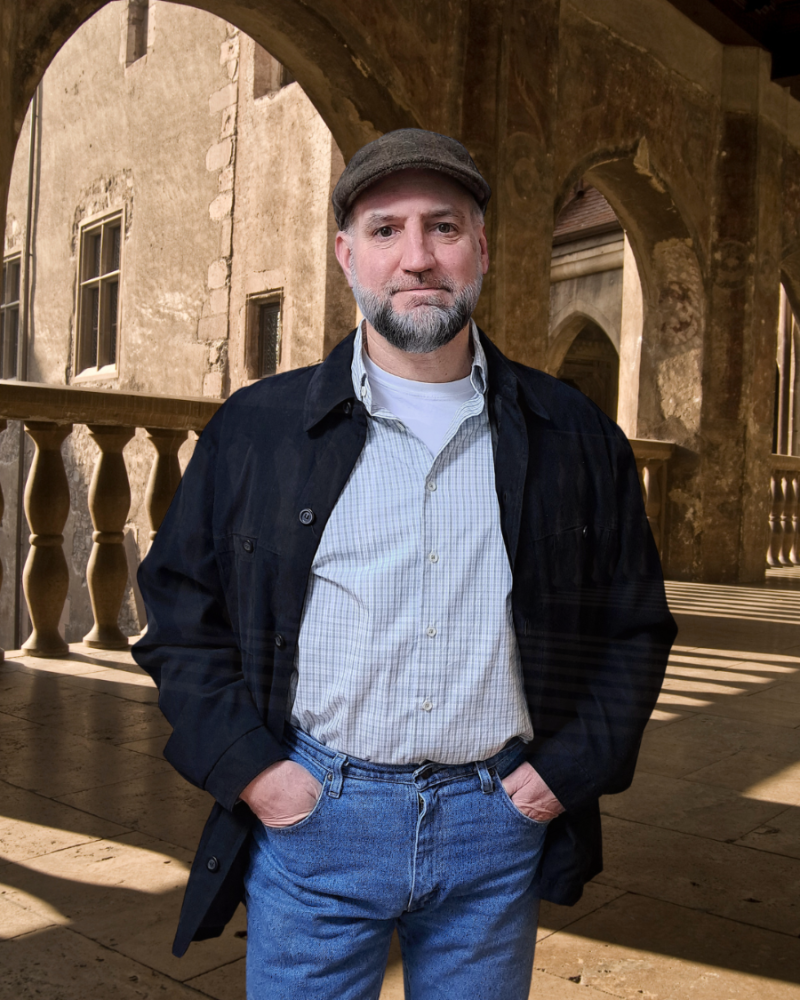Saving our Songbirds by Increasing Meadow & Grassland Spaces
Written by Scott W. Holland
The number one identified reason for the decline in songbirds and birds in general has consistently been habitat loss. Hearing the term habitat loss can be an ambiguous concept that overwhelms some advocates and concerned citizens. Leaving them uncertain as to what or where to direct their support.
One strategy to help support our declining migratory bird population and one that I am quite passionate about is to identify, develop and protect areas of meadowlands and grasslands along our four main migratory routes or flyways. Thankfully I am not alone in this. Some rather noteworthy organizations sharing in this interest are Cornell Labs: All About Birds, the Smithsonian Migratory Bird Center and our very own Birds Canada.
To put it in terms many of us can appreciate, is to think of these areas in the same way we think of clean, safe and convenient rest stops along our main highways. Finding fuel, food and clean restrooms along our most travelled routes is something we all appreciate.
The four main migratory routes in North America running east to west is the Atlantic flyway. Running from Eastern Ontario and the Maritimes through the New England states, east of the Appalachians, down through the Carolinas and Georgia and into Florida and the Caribbean.
The Mississippi flyway, as the name suggests, includes Western Ontario and Manitoba, and follows the Mississippi River, ending in Louisiana, the Caribbean and Central America.
The Central flyway runs east of the Rocky Mountains and west of the Mississippi River. It covers the prairie provinces, eastern Alberta, Colorado, Oklahoma and Texas, continuing into Mexico and Central America.
The Pacific flyway rounds out the four flyways. Starting in Alaska, the route runs down the Pacific coast through British Columbia and western Alberta, Oregon and California, down into Mexico and Central America.
Migration is a dangerous journey that thousands of birds take twice a year. From hazardous conditions such as artificial lighting from cities and urban areas that confuse migrating birds who travel at night to new industrialization that destroys habitat and leaves hungry and exhausted migrating birds with diminished or no place to safely land, rest and refuel. These grasslands and meadowlands would be designated places where native grasses, plants and trees can grow, where wildlife and migrating birds can safely live, visit, and recharge while making their semi-annual migration to their winter grounds and back again to their summer breeding areas.
This type of initiative does not have to be a zero-sum game. In fact, two things can be true. We have the technology and research available to successfully support both migration and wildlife conservation while continuing to grow our industrialization and infrastructure capabilities. It would be particularly welcoming to see better coordination and cooperation to realize the goal that so many claim to have. Through a coordinated approach with unbiased and focused leadership, a beautiful and lasting design could become reality and serve as something we all would appreciate and leave to future generations as our commitment to ensuring a better and more connected world.

